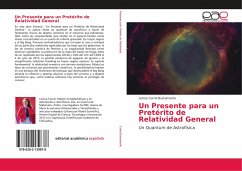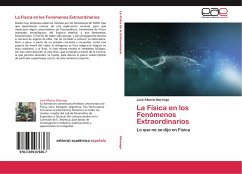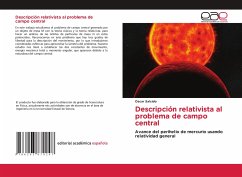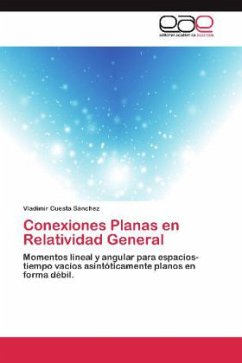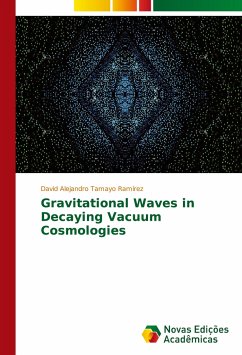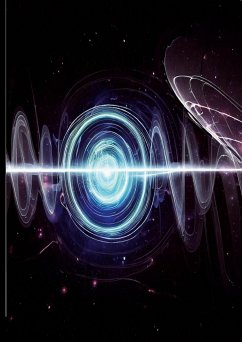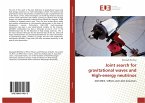Gravitational wave detection ceased to be a task limited to the LIGO-Virgo collabo- ration when data produced by the S5 and S6 runs were made public. With this in mind, the academic and scientific community set out to explore research options in this field through their own resources. As an attempt to become part of this open science movement, algorithms for classification of triggers are presented using data provided by the LVC collaboration. Different parameters are tested in order to enhance the dis- tinguishing between white noise burst and sine-Gaussian injections. The best of the implementations of the algorithms has a 99.8% efficiency for the data sampled. Being a work submitted in partial fulfillment for the degree of bachelor in engineering physics, this document also presents the author's acquired learning of gravitational wave science, starting from their motivation originated from General Relativity and finalizing in an analysis with real GW data.
Bitte wählen Sie Ihr Anliegen aus.
Rechnungen
Retourenschein anfordern
Bestellstatus
Storno


